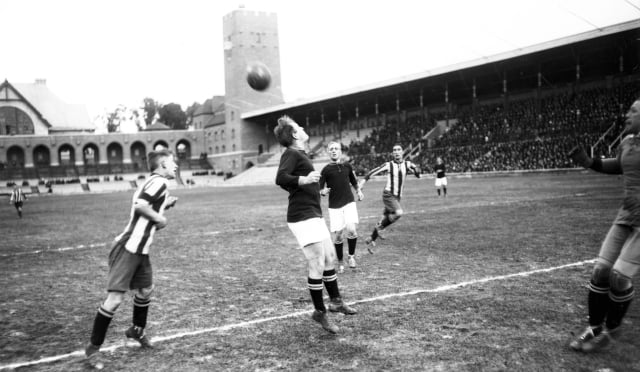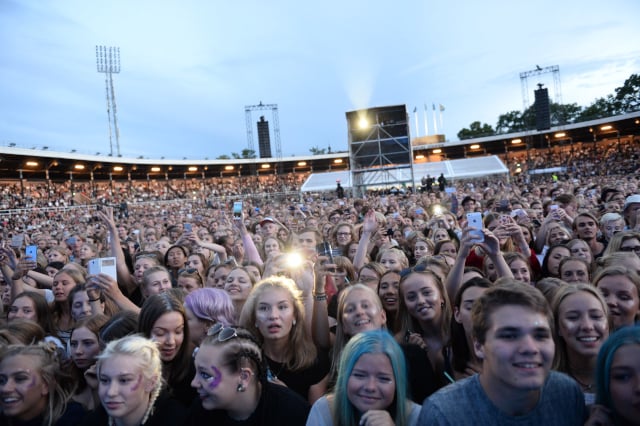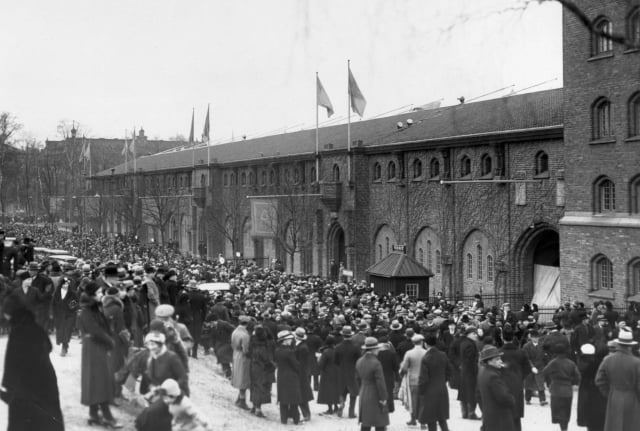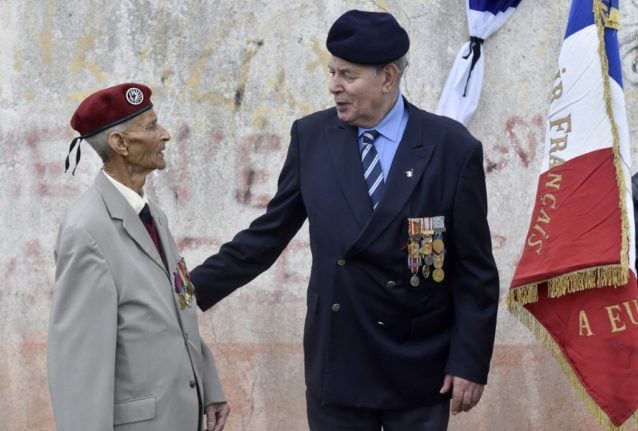This article was written for Members of The Local. Read more articles for Members here.
Taking inspiration from the medieval city wall of Visby on the Swedish island of Gotland, Swedish architect and athlete Torben Grut designed a stadium for the 1912 Summer Olympics in Stockholm that would stand as a fortress of athleticism.
His success was both immediate and enduring, and the now-historic stadium has lived up to its impressive façade for more than a century, hosting countless sporting and cultural events, witnessing more than 80 athletic world records, surviving a bombing, and simply reminding the world of its important place in Olympic history.
Initially, however, the outlook for both the stadium and the Stockholm Olympics – the fifth modern Olympic games – was far from promising. As historian Therese Nordlund Edvinsson wrote in a 2014 article in The International Journal of the History of Sport, despite Sweden's “modest ambitions” for the games, “critics argued that the country was too undeveloped to arrange a major sport event”.
READ ALSO:
- The best tips for a move to Sweden (from people who have been there, done that)
- 'Sweden ticks all the boxes, except for one'
- How YOU can contribute to The Local

Djurgården versus AIK in 1915 at Stockholm Stadium. Photo: TT
The original plan for the stadium was an accordingly modest – and temporary – whitewashed wooden structure. The decision to make it permanent was likely a relief to Grut, whose other designs included Solliden Palace, the summer residence of the Swedish royal family on the island of Öland. Though still relatively small, with an original seating capacity of around 20,000, the completed stadium became a model for subsequent Olympic stadiums. Likewise, and in defiance of the critics, the Stockholm Olympic Games were considered a great success.
In a 2012 article entitled, “Stockholm 1912 set the gold standard for the modern Olympics,” in the British newspaper The Guardian, sports journalist Frank Keating wrote, “Stockholm's 1912 Games are still considered standard-setting for Olympic decades to come. Women's competition was allowed for swimming and diving, while men's boxing was banned: and on the track photo-finish electronic-timing was introduced as a back-up to the hand-held judges' stopwatch.” It was also, he explained, “the last Olympics where any individual could just turn up and hope to enter a competition”.
MORE HISTORY FEATURES BY VICTORIA MARTÍNEZ:
- The day Sweden's trolls and fairies wept
- Why coffee was banned in Sweden five times
- History dies deep in the woods: the forgotten Nazi concentration camp survivors in Småland

One of the numerous concerts organized at the Stockholm Stadium. Photo: Fredrik Sandberg/TT
Over the years, the appearance of Stockholm Olympic Stadium has changed little, and the seating capacity has even been reduced. In 2011 and 2012, the stadium underwent its only major renovation in preparation for its centenary. Nonetheless, it has been an incredibly adaptable venue, serving for many years as home to Swedish football team Djurgårdens IF, and accommodating a wide variety of sporting and cultural events – from ice hockey to American football and from Italian tenor Luciano Pavarotti to Swedish DJ Avicii. It is also where the Stockholm Marathon ends each year.
The stadium has also maintained a long and at times somewhat chequered connection to the Olympic Games. In 1956, for instance, the equestrian events of the Summer Olympics taking place in Melbourne, Australia, were hosted some 15,000 kilometres away in Stockholm Olympic Stadium due to animal quarantine restrictions in Australia. And in August 1997, as Stockholm vied to host the 2004 Summer Olympics, the stadium was one of several sites in Sweden bombed or set alight by Swedish far-right extremists opposed to Sweden hosting the games.
READ ALSO: Polls suggest Italians much more enthusiastic about Olympic bid than Swedes
Although modern stadiums designed or used for the Summer Olympics now typically seat three to four times more people than Stockholm Olympic Stadium did in 1912, the historic venue still has a chance of returning to its Olympic origins. If Stockholm-Åre is selected to host the Winter Olympics in 2026, the snowboarding competitions are slated to take place in the landmark stadium, neatly tying together 114 years of Olympic history.
Victoria Martínez is an American historical researcher, writer and author of three historical non-fiction books. She lives in Småland county, Sweden, with her Spanish husband and their two children.



 Please whitelist us to continue reading.
Please whitelist us to continue reading.
Member comments